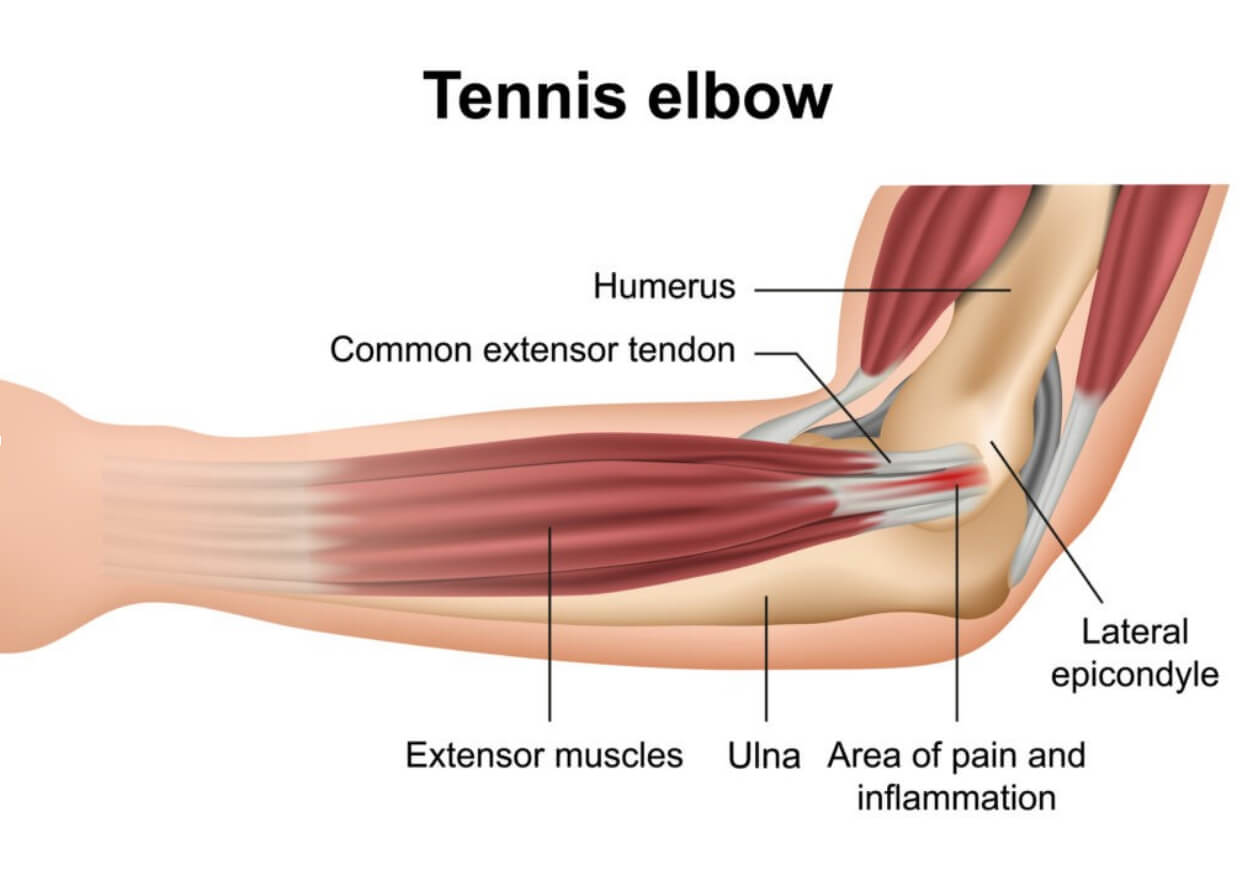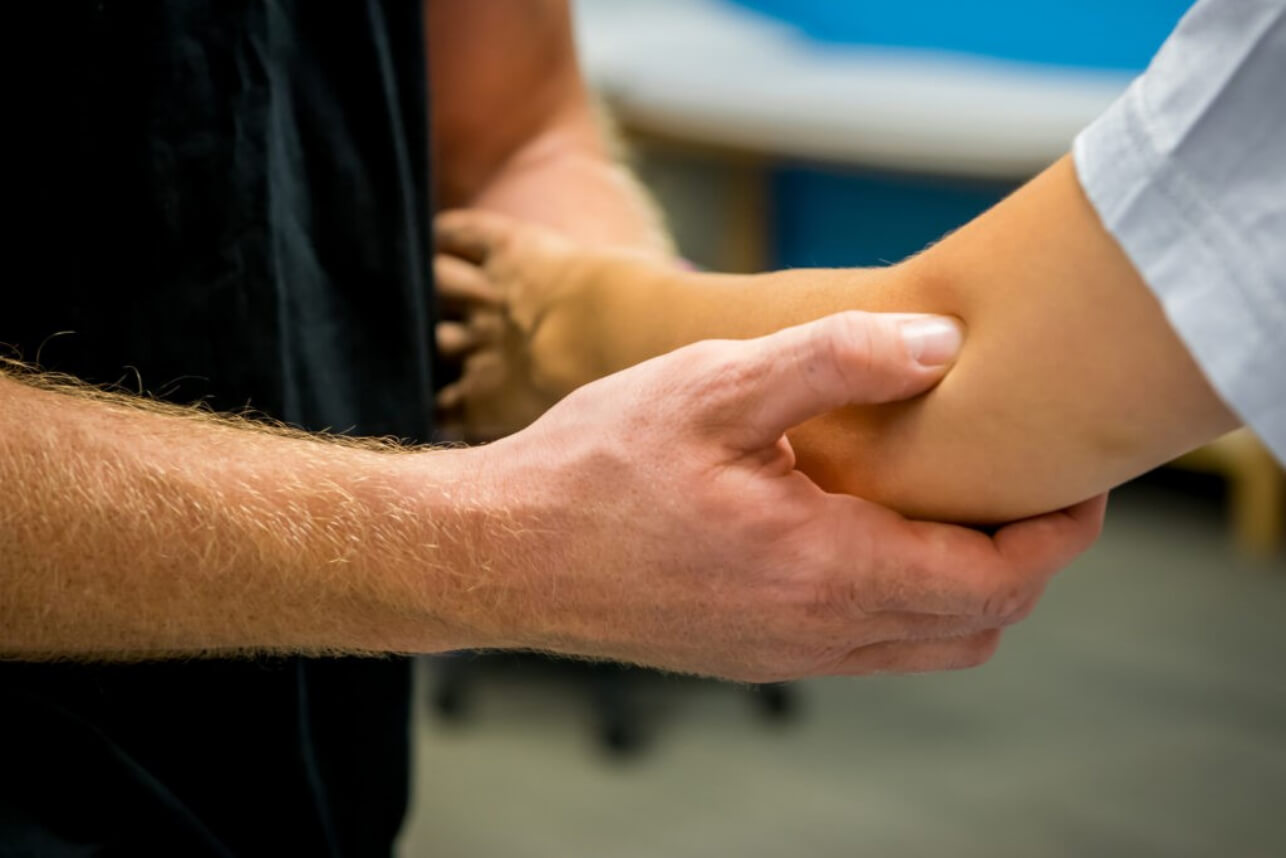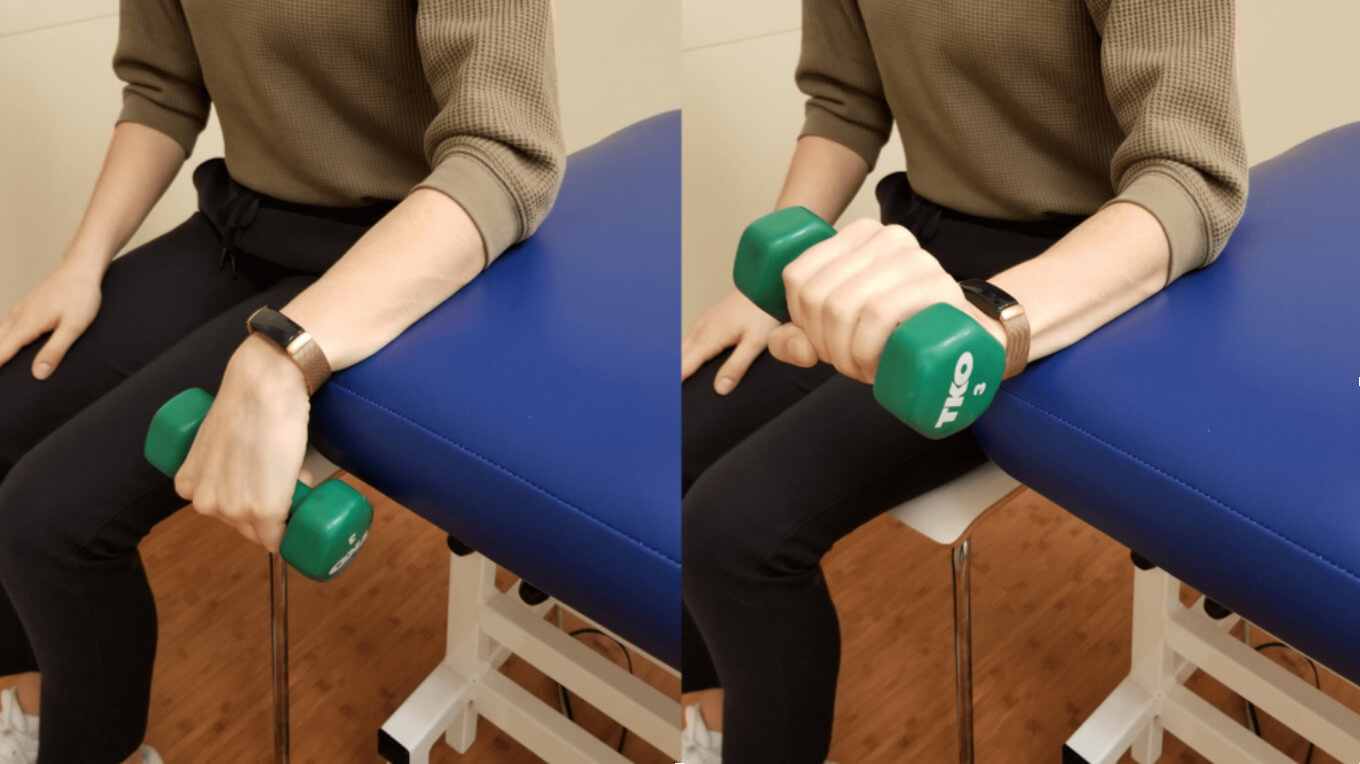Injury Information
Tennis Elbow
What is Tennis Elbow?
Tennis elbow, also known as lateral epicondylitis or lateral elbow tendinopathy, is a painful condition that affects the tendons on the outside of the elbow. It occurs due to overuse or repetitive motion of the forearm, particularly when the muscles are constantly engaging to extend the wrist and rotate the forearm. While it is commonly associated with tennis players, it can affect anyone who performs repetitive arm movements, such as painters, plumbers, or office workers who frequently use a mouse.

Classification of Tennis Elbow
Tennis elbow is classified as an overuse injury. It involves the tendons that attach to the lateral epicondyle (the bony bump on the outside of the elbow). This condition typically results from microtears and inflammation in these tendons, causing pain, swelling, and weakness. There are two types of tennis elbow:
- Acute Tennis Elbow: This occurs suddenly due to a specific activity or injury and involves more immediate pain and inflammation.
- Chronic Tennis Elbow: This develops over time from repetitive stress, often resulting in ongoing symptoms for weeks or months.
What Are the Symptoms of Tennis Elbow?
The main symptoms of tennis elbow include
- Pain on the outer side of the elbow, which may radiate down the forearm
- Tenderness or swelling over the lateral epicondyle (outer elbow)
- Weakness in the affected arm, especially when gripping objects or lifting
- Pain during specific movements, such as turning a doorknob, shaking hands, or lifting a cup
- Stiffness in the elbow joint, making it difficult to fully extend or flex the arm
The symptoms may worsen with activity and improve with rest.

How Can Physiotherapy Help?
Physiotherapy is an effective treatment option for tennis elbow and can help speed up recovery. Your physiotherapist may use a variety of techniques, including:
- Load management: Monitoring and adjusting the amount of activity you do can help optimise tendon loading.
- Exercise prescription: Targeted exercises to strengthen the forearm muscles, improve flexibility, and promote healing of the tendons are key components of recovery.
- Stretching: Specific stretches for the wrist and forearm can help improve range of motion and prevent stiffness.
- Education: A physiotherapist can teach you about proper ergonomics and techniques to avoid strain in daily activities or sports.
- Manual therapy: Techniques like massage, mobilizations, or soft tissue manipulation can help alleviate pain and improve movement.
- Dry needling: May be used to reduce pain and promote healing.
- Recommendations for cortisone injections: In discussion with your doctor, a cortisone injection may be recommended to help reduce inflammation and relieve pain if other techniques are not working.

What Can You Do at Home?
While physiotherapy and medical treatments are key to full recovery, there are steps you can take at home to manage the symptoms:
- Rest: Avoid activities that trigger pain, particularly those that require repetitive arm movements.
- Ice: Apply ice to the affected elbow for 15-20 minutes every few hours to reduce swelling and inflammation.
- Compression: Use an elbow strap or brace to support the muscles and reduce stress on the tendons.
- Elevation: Elevate your arm to reduce swelling, especially after activity.
- Gentle stretches and strengthening: Once pain begins to decrease, gentle stretching and strengthening exercises can help improve flexibility and prevent further injury. A physiotherapist can guide you on the best exercises.
- Over-the-counter pain relief: Nonsteroidal anti-inflammatory drugs (NSAIDs), like ibuprofen, can help reduce pain and inflammation.

Cortisone Injections: What You Should Know
In cases where conservative treatments like rest and physiotherapy don’t provide sufficient relief, a cortisone injection may be recommended. Here’s what to know about it:
- What is it? A cortisone injection is a corticosteroid medication injected directly into the bursa to reduce inflammation and alleviate pain.
- When is it used? Cortisone injections are typically used when pain and inflammation persist, even after rest and physiotherapy. They can be very effective for providing quick relief.
- How does it work? The steroid helps reduce inflammation in the bursa, providing significant pain relief. The effects can last anywhere from a few weeks to several months.
- Risks and Considerations: While cortisone injections can be very effective, they are not a cure for bursitis. Repeated injections should be avoided, as they can weaken the tissues and tendons around the joint. Your healthcare provider will generally limit the number of injections.
- What to expect: After the injection, you may experience a temporary increase in pain before feeling the benefits, which usually take a few days to a week to fully manifest.
Recovery Time
The recovery time for tennis elbow varies depending on the severity of the condition and the treatment plan. Generally:
- Acute cases may take 4 to 6 weeks of rest and treatment to recover.
- Chronic cases may take 3 to 6 months to fully heal with consistent physiotherapy and rehabilitation.
- Cortisone injections can provide temporary pain relief, but it’s important to continue rehabilitation efforts for lasting recovery.
It’s important to follow the recommendations of your physiotherapist and avoid returning to activities too quickly to prevent re-injury. For many people, full recovery is possible with the right combination of rest, physiotherapy, and self-care strategies.

